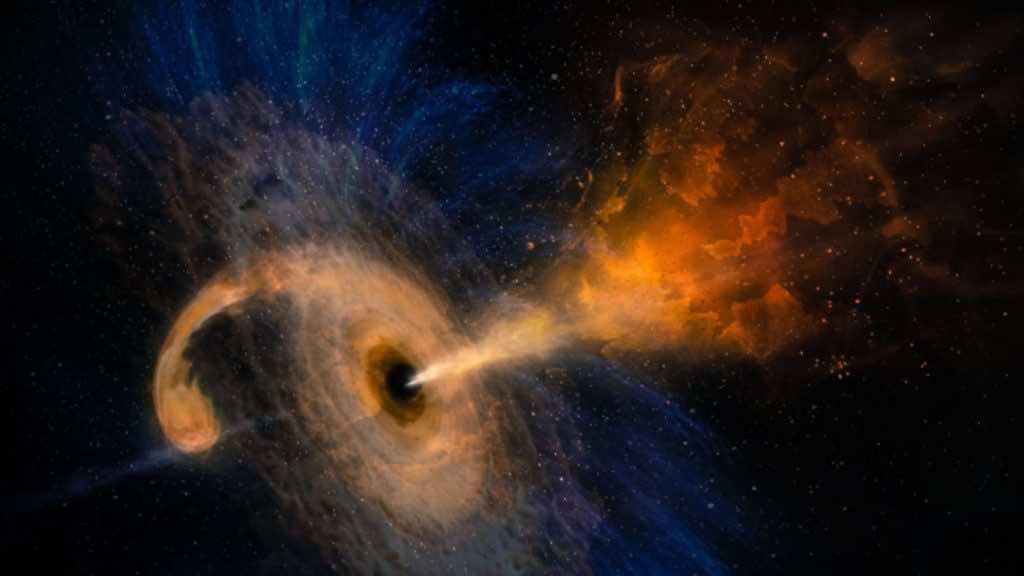A recently discovered star, now called S4716, is traveling at the incredible speed of 5,000 miles (8,000 km) per second around the black hole at the center of our galaxy, the Milky Way, Space.com reported.
From the observations made so far, it is determined that the S4716 is the fastest star orbiting Sgr A*. It completes an orbit around the 14.6 million (23.5 million km) diameter black hole in just four years.
S4716 is part of a dense group of other stars that also orbit Sgr A* which astronomers call the S cluster. All stars in this cluster move at high speeds but have varying mass and brightness. Another star in this cluster, known as S2, is more popularly known and is much larger than S4716.
However, S2’s orbit around the black hole takes 16 years and it comes as close as 11 billion miles (18 billion km) from Sgr A*. In comparison, S4716 comes as close as 92 million miles (150 million km) to the black hole, that’s about 100 times the distance between the Earth and the Sun.
“The short-period, compact orbit of S4716 is quite puzzling,” said Michael Zaja?ek, an astrophysicist at Masaryk University in a statement. “Stars cannot form so easily near the black hole. S4716 had to move inwards, for example by approaching other stars and objects in the S cluster, which caused its orbit to shrink significantly.”
S2 behaves like a large person sitting in front of you in a movie theater?—?it blocks your view of what’s important. The view into the center of our galaxy is therefore often obscured by S2,” said Florian Peissker, an astrophysicist at the University of Cologne, which was involved in this research, in a statement.
The team used the data from five telescopes, NIR2 and OSIRIS, at the Keck Observatory in Hawaii, and the SINFONI, NACO, and GRAVITY Very Large Telescopes and refined their analytical techniques for over twenty years to confirm the orbital period of S4716. “For a star to be in a stable orbit so close and fast in the vicinity of a supermassive black hole was completely unexpected,” Peissker added.
The research was published in The Astrophysical Journal.

